It is always interesting to study MotoGP prototypes and their details in detail, in order to learn a little more about these power monsters. During the testing day for the 2023 season, which took place this Tuesday in Valencia, a detail on the 4 KTM and GasGas prototypes caught our attention. From a distance the fairing appears to have carbon braiding which looks quite nice in the photos, but up close the finish of the fairing looks like a hexagonal pattern detail like a honeycomb, especially on the front fairing. KTM appears to be taking inspiration from golf ball surface design technology on the RC16 to minimize air resistance. Explanations.
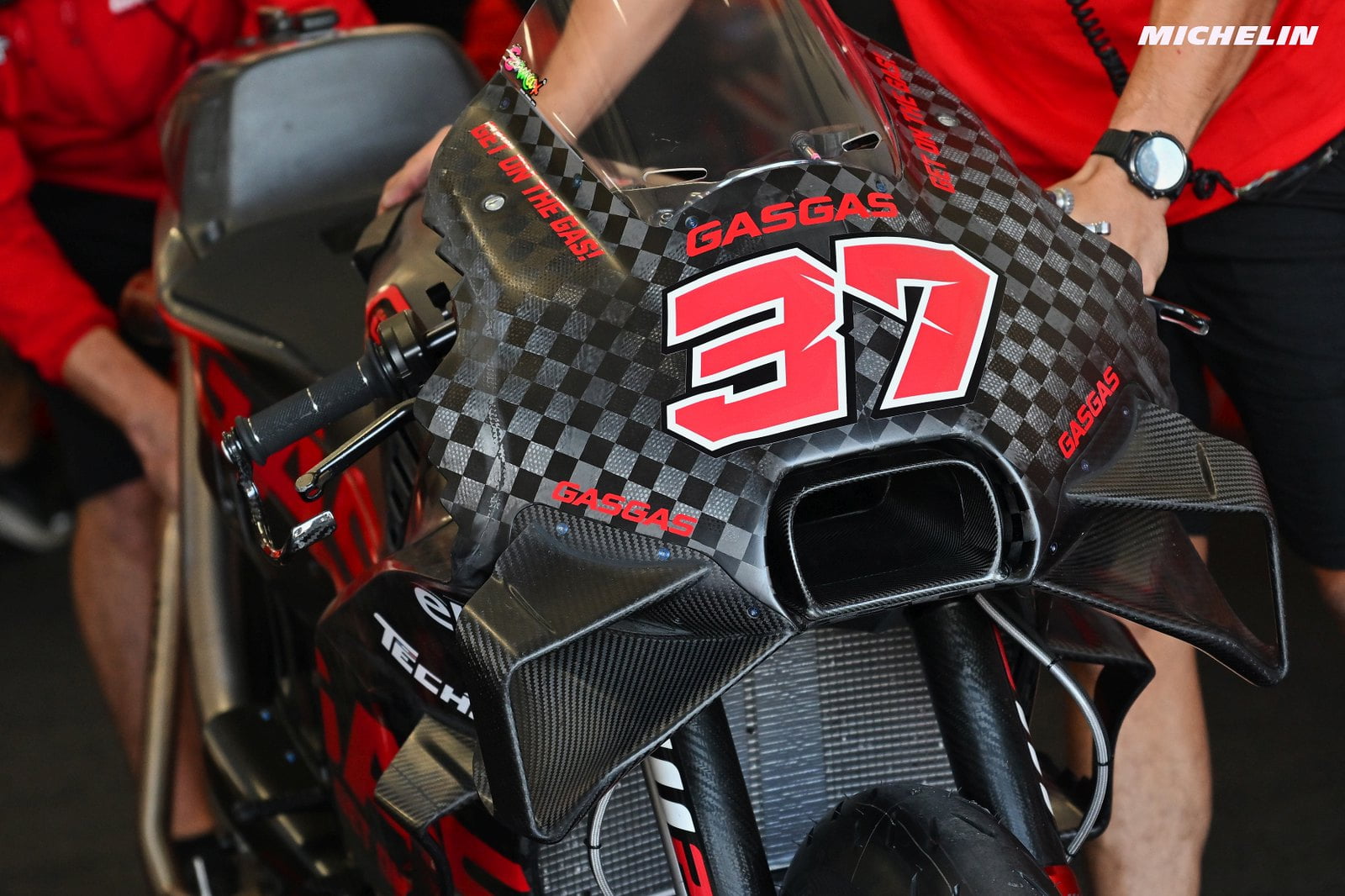
Indeed, on each checkered carbon fiber woven pattern, upon closer observation, small dimples appear.
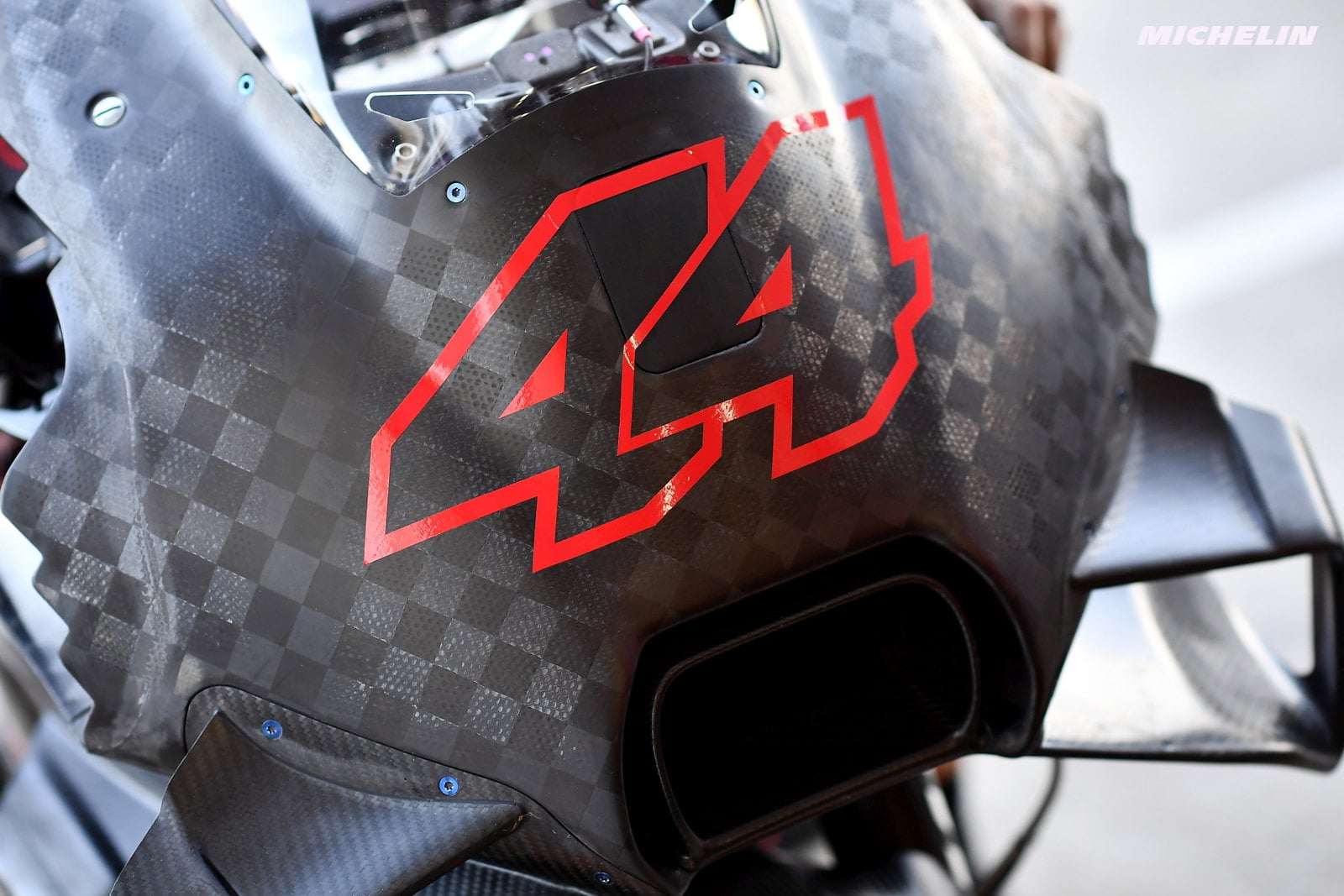
These dimples resemble those found all over the surface of a golf ball. On a golf ball, when it has a smooth surface that is hit by a professional golfer, it will only cover a distance about half the distance of a golf ball having dimples.
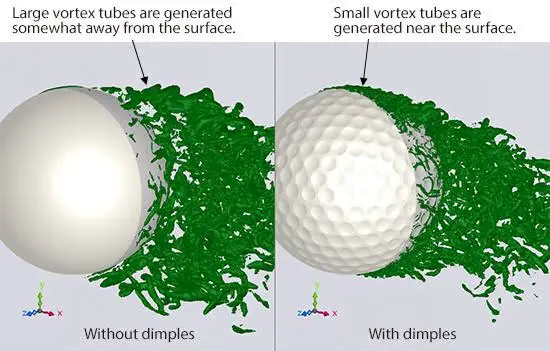
Most golf balls have between 300 and 500 dimples, which have an average depth of around 0.2540 mm. The lift and drag of a golf ball are very sensitive to the depth of these dimples: a change in depth of 0.2540 mm (or 0.001 inch) can cause a drastic change in the trajectory of the ball and the total distance that the ball can travel through the air.
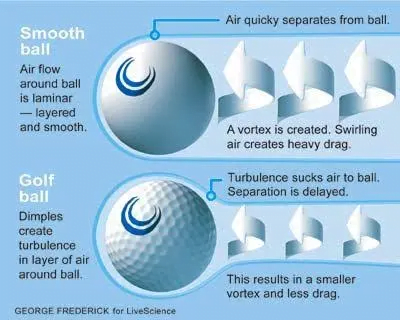
There is a physical explanation for this: the dimples on the golf ball create a thin turbulent boundary layer of air adhering to the surface of the ball. This allows the smoothly flowing air to follow the surface of the ball a little further around the back of the ball, reducing the size of the turbulence which is directly correlated to drag. A dimpled bullet has about half the drag of a smooth bullet. The same is often applied by engine tuners to find optimal air flow when redesigning the combustion engine intake to create volumetric efficiency of the combustion chamber.
But looking closer, the engineers of the Mattighofen brand were inspired by the design of a modern golf ball, introduced by the famous brand Callaway, with not only round but hexagonal dimples.
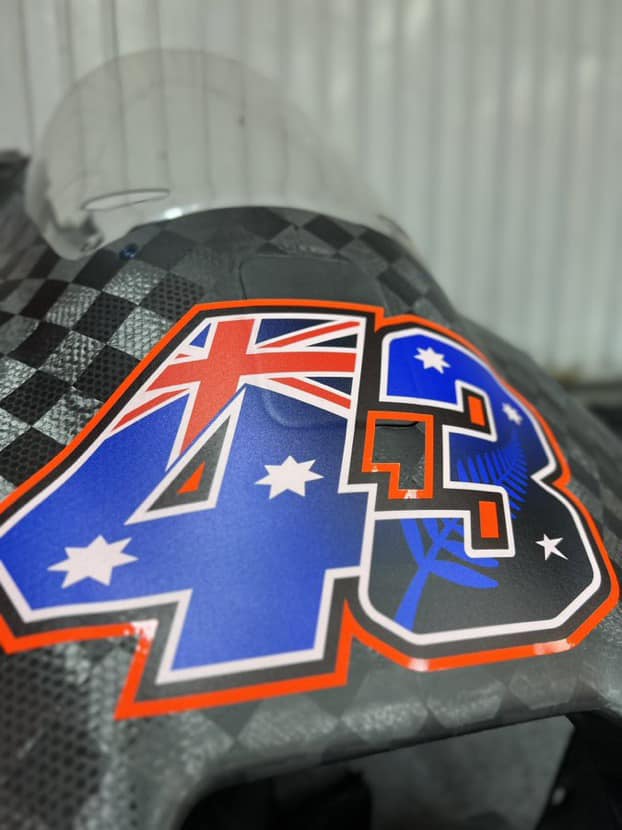
On golf balls covered in dimples, the hexagonal shape can improve the ball's performance by moving through the air more aerodynamically, according to New Scientist. The dimples at the corners of the hexagonal ball will eliminate the flat surface typically found between the dimples of traditional golf balls. Like the shape of a honeycomb hole which is tight and dense and able to optimize space. These smooth/flat areas between the dimples actually increase the drag the ball experiences as it travels through the air. So here is the reason to develop a spherical design with hexagonal dimples.
According to Callaway experts, golf balls' hexagonal dimples cover almost the entire surface area of the ball, reducing drag and allowing it to go farther and straighter in the air. It could therefore be that Callaway's approach will also be applied by KTM to its MotoGP prototypes next season.
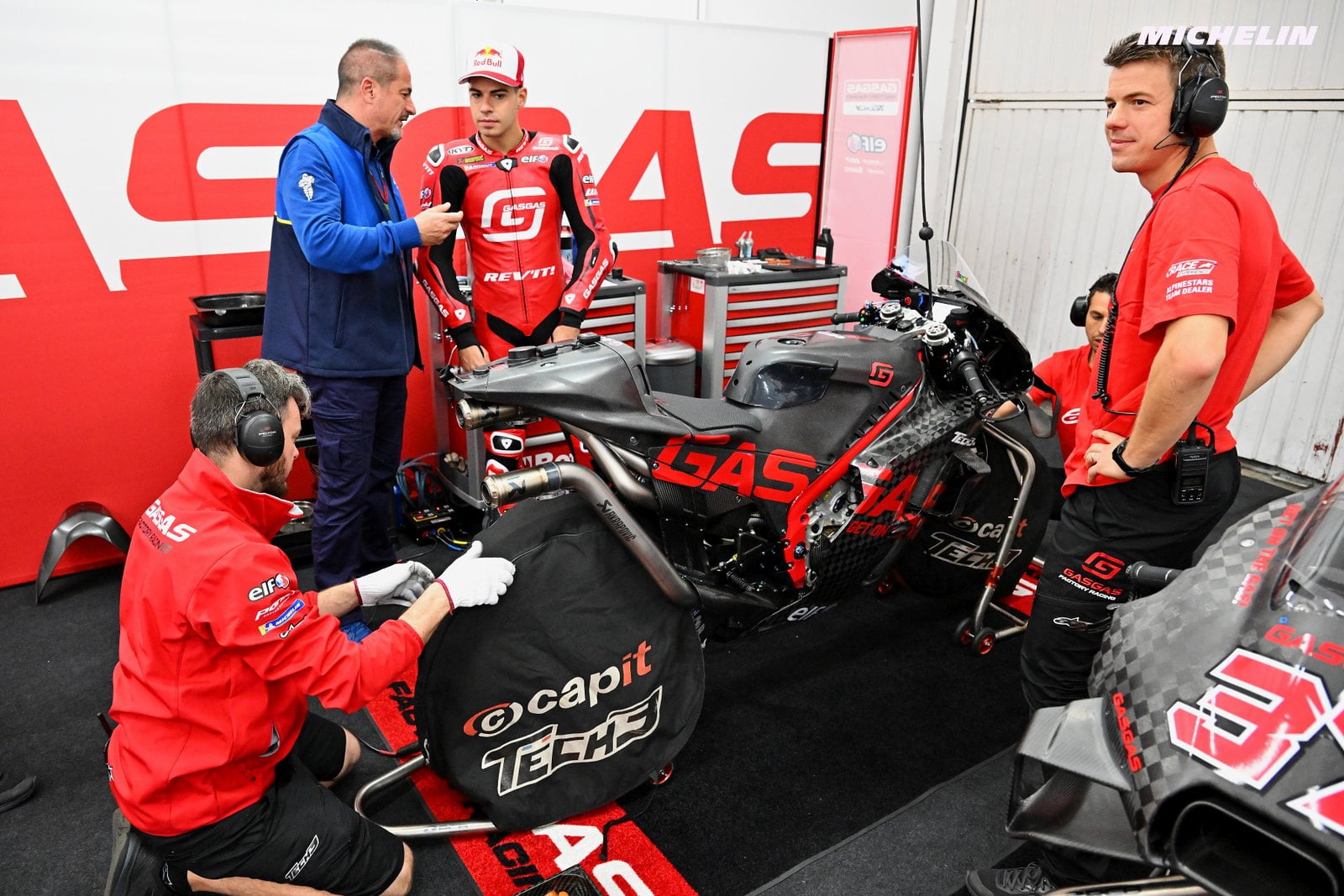
“With the hexagonal layout, you can cover more of the ball than with the dimples. Maybe you can affect a wider area of airflow as it passes over the surface of the ball” said Joaquim Peiro of the Department of Aeronautics at Imperial College London.
Every detail counts in MotoGP in order to grab the few tenths or hundreds of seconds that separate the riders and it seems that the Austrian engineers are testing the presence of these dimples on the fairing surface of the RC16 in order to grab a few precious tenths of time around. Aerodynamic research in MotoGP still has a bright future ahead of it!



























